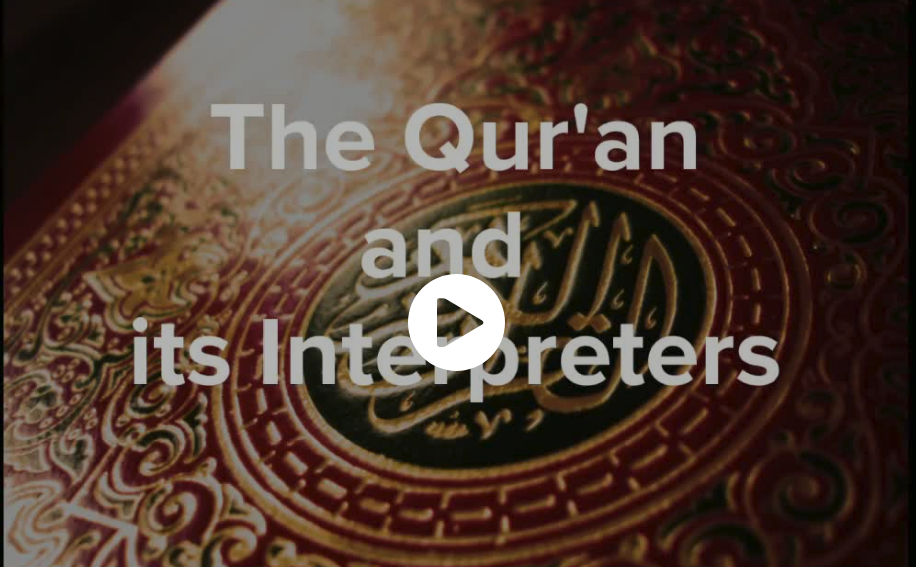As higher education changes, there is a need – especially in the humanities – to do a better job of explaining and advertising our classes. Humanities enrollments continue to fall, largely because students do not realize the importance of the classes in their future careers and of the media’s emphasis on STEM. While humanities faculties might be highly talented and teach important content, they are working upstream in arguing for the relevancy of their classes. Moreover, as budgets shrink, there is an increasing need for departments to justify their existence and future hires through enrollment.
Traditionally, departments have advertised their classes through fliers, posters and short videos of professors discussing their courses. Fliers usually have a picture related to the class and then a course description but I have rarely found students reading these descriptions on their way to class. Posters are helpful in listing departmental and programmatic classes that will be taught in the upcoming semester but they do not explain what the courses are about. Videos are beneficial in introducing an instructor but they may unintentionally give the impression that the course will only be of the professor talking.
It is in this context that I started to make trailers for my classes using Adobe Spark. Unlike other video producing programs, Adobe Spark was relatively easy to use, aesthetically pleasing, and welcomed by my students. The program came with already existing templates of text, pictures and music which made making the trailer relatively easy. Through the program, I was able to showcase the various images, books and projects related to the class. Students were able to hear my voice and see a picture of me so they could begin to connect with me as an instructor. I tried to use the first person and inclusive language such as saying “We will analyze…” so students would get the idea that we learn together rather than just me lecturing. Lastly, I ended the trailer with the course title and timings to remind the students of the necessary information for them to sign up.
Using Adobe Page, I was able to include additional content for students who wanted to learn more about the course. I included a blog and pictures from my previous field trips so they could get a better idea of what the class would be like. I included pictures of my travels that I would discuss in class giving the impression that the course would not only be about texts but how texts connect to the world around them. Finally, I ended the page with some testimonials of students who have previously taken the course so students could read the comments of their peers.
After completing the trailer and the page, I emailed a link to my students, posted it on social media, and linked it to my departmental website. Adobe Spark allows you to track the number of views and the page already has over 150 making it much more effective in my experience than a flier.
While my engagement with making trailers is still a work in a progress, I have found the method helpful in explaining what my courses will be about and getting the word out to students who may not be initially interested in taking classes in the humanities.
*I would like to thank Helen McCullough for introducing me to Adobe Spark, Jennifer Chavez for her helpful comments on my initial trailer and the American Academy of Religion’s THATCamp for allowing me to present this project.
Younus Y. Mirza is an Assistant Professor of Religious Studies at Allegheny College and can be found on twitter @ymirza3131
This post was originally written for the THAT Camp SBL/AAR blog.
